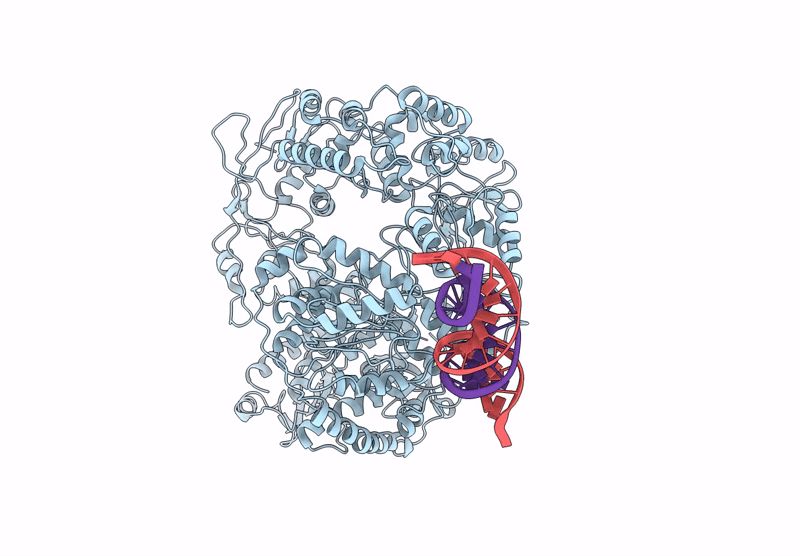
Deposition Date
2020-06-12
Release Date
2020-08-19
Last Version Date
2024-03-06
Entry Detail
Biological Source:
Source Organism:
Escherichia coli (strain K12) (Taxon ID: 83333)
synthetic construct (Taxon ID: 32630)
synthetic construct (Taxon ID: 32630)
Host Organism:
Method Details:
Experimental Method:
Resolution:
5.50 Å
Aggregation State:
PARTICLE
Reconstruction Method:
SINGLE PARTICLE


